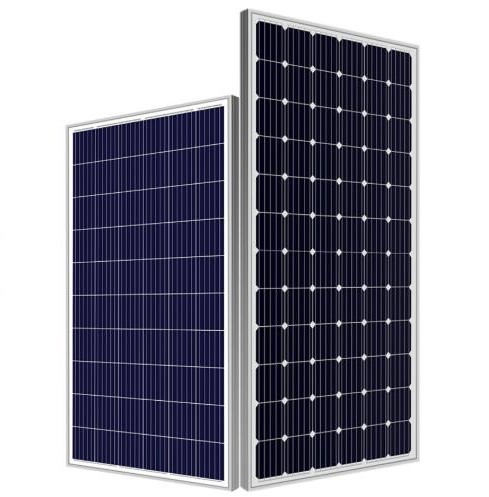News
Influence and Control Measures of Cracks in Photovoltaic Modules
Subtle cracks refer to an undesirable phenomenon of tiny cracks in solar cell modules that cannot be found by the naked eye, which can affect the performance of the module and reduce its service life. We should pay more attention to this issue to ensure the maximum value of solar cell modules.

The production process of solar cell modules: cell sorting-single string soldering-stacking-laminating-framing-cleaning and curing-testing-packaging. At this stage, relevant personnel have refined the production process of solar cell modules and divided it into three major parts: EL testing before lamination, after lamination and before packaging, and then include some small processes.
In actual production, if the technicians do not operate properly, there will be hidden cracks. Repairing solar cells with cracks will not only increase production costs, but also increase application risks. Assuming that the laminated module is taken as an example, the internal glass, EVA, solar cell, back sheet and other materials of the solar cell module have been fused together at this stage of work. If the hidden crack is replaced, the manufacturer needs to pay more. Each production process of solar cell modules may cause cracks. Cracks created during the pre-lamination phase can be compensated by rework operations.
However, the cracks caused by the cleaning process accounted for 95.43% of all cracks. The main function of the cleaning process is to install the aluminum frame and junction box for the laminated semi-finished components, and to clean up the EVA overflow glue adhered to the surface of the components and the silicone overflow during assembly. The cleaning process belongs to the automatic line flow operation. If the transmission equipment is uneven or there is a large vibration during operation, it may cause hidden cracks. Due to the small cracks, the staff cannot identify them with the naked eye, so in the actual inspection process, the staff need to use relevant instruments and equipment.

In addition, measures to reduce the risk of hidden cracks:
1. Focus on controlling the soldering quality before laminating. The cells need to be fully preheated before soldering. Avoid false soldering, over-soldering, and ribbon offset during soldering, and avoid pressing the cells.
2. Increase the importance of EL inspection before lamination. Try to complete the repair of hidden cracks before laminating to avoid the expansion of hidden cracks caused by subsequent operations.
3. The laminated components should be fully cooled before trimming. It is advisable to trim and frame the glass with the glass facing down. Laminates before framing should avoid overturning and manual handling.
4. Make sure that the workbench area such as edge trimming and pre-framing is large enough to work on. Components are in the middle. The distance between the edge of the component and the edge of the table must not be less than 200 mm.
5. Use steel frame pallets or double-layer wooden pallets to coordinate the relationship between the stored components. When transferring with a forklift, the forks must pass completely through the pallet.
In short, in actual operation, in addition to improving the quality of the cleaning process and reducing the probability of hidden cracks, staff training should also be used to improve operational standardization, reduce the probability of hidden cracks, and ensure the production quality of solar cell modules.
Categories
News
Contact Us
Contact: REOO Tech
Phone: +8613773694841
Tel: +8651384105505
E-mail: mike@reoo.net
Add: Chennan industrial park, Rudong, Jiangsu, China 226400
WhatsApp: + 86 1390 1472 859
Skype: reoochina
Facebook: REOO tech
Twitte: REOO solar PV